The Ultimate Macro Friendly Food List for Easy Planning
Trying to track your macronutrients?
This handy list is filled with some of my favorite sources for each macro, focusing on high-quality, nutrient-dense whole foods for optimal health.
Back in high school I remember learning vaguely about macronutrients- carbs, fats, and proteins and how they interact and fuel the body. I feel like at the time, I understood it as head knowledge, but never really implemented it into my own life and nutrition. Fast forward a couple more years and I began dating my future husband. We bonded over working out and math dates (I desperately needed help passing calculus and he was in school to be an engineer).
Getting more serious about working out and hoping to increase muscle mass, I began paying more attention to nutrients. Making sure I was getting enough carbs, fats, and proteins to nourish my body and build muscle.
Fast forward a couple more years and I was working in the emergency room and going to nursing school- running off drive-thru americanos and eating on the go. I would often skip meals and then end up starving and picking up whatever was convenient. And as a result, my hormones got wrecked. Too much stress, not enough nutrients, and inconsistent macros left my body in fight-or-flight mode most of the time.
To start correcting the problem, I began cleaning up what I ate and focusing on macronutrients-- not to lose weight or focus on restriction, but to make sure I was eating enough. This post will dive into my favorite food sources for each macronutrient, but before we go there let's talk about what each macronutrient is and does for your body.
What are Macronutrients?
Let’s start at the beginning. Each food that we eat is comprised of macronutrients: carbs, fats, and proteins. Each one of these molecules provides different nutrients to the body and effect our health in different ways.
Carbohydrates
Low carb, keto, blood sugar ... all common key phrases when it comes to talking about carbohydrates. But did you know they are the body's primary source of energy? This makes them an essential part of your diet.
When you eat carbs, your body breaks them down into glucose, which fuels everything from your morning run to your brain's daily activities. Carbs come in two forms: simple and complex. Simple carbs, like those found in fruits and sugars, provide quick bursts of energy, while complex carbs, like those in whole grains and vegetables, offer sustained energy and help keep your digestive system running smoothly.
Including a balanced mix of both in your diet can help maintain your energy levels, achieve your fitness goals, and maintain optimal overall health.
Fats
For a while, fats got a bad rap in the news and media, but good news- they are making a comeback! Fats are vital for your health and are needed for a healthy diet. They play a crucial role in absorbing vitamins (like A, D, E, and K), protecting your organs, and maintaining cell structure.
There are 4 main types of fat: saturated, trans fat, monounsaturated, and polyunsaturated.
Protein
And last, but certainly not least- protein.
Proteins are the building blocks of your body, crucial for building and repairing tissues, making enzymes and hormones, and supporting immune function. They're made up of amino acids, some of which your body can't produce on its own and must get from food. High-quality protein sources include lean meats, fish, dairy, beans, and nuts.
Eating enough protein helps maintain muscle mass, supports metabolic processes, and keeps you feeling full longer, which can aid in weight management. Balancing your diet with adequate protein ensures your body has the tools it needs to maintain and repair itself effectively.
Related Reads:
Macro Tracking
By understanding the roles and benefits of these macronutrients, you can make informed choices that support your overall health and well-being. That is where macro tracking comes into play.
It's a method of making sure you are eating the right quantity of each macronutrient for optimal health. Creating macro goals is a popular way for people to attempt weight loss, achieve fitness goals, or make sure they are eating enough. Since we all have individual needs and different health histories, I'm not giving any suggestions on what you're specific macro goals should be. I recommend finding a health or medical practitioner who can create a personalized plan suitable for your life and wellness goals.
Rather, this list is perfect for meal planning and making a macro-friendly meal. You can use this macro food list to help while grocery shopping for healthy food to make up a balanced diet.
Macro Friendly Food List
Below you will find great sources for all your macronutrients- and unlike other lists you may find on the internet, my goal was to give you whole food, nourishing options. Not packaged and processed "if it fits your macros" (if you know, you know..) kind of eating. But nutrient-dense foods that will help to nourish, heal, and support your body holistically.
And one last note, you will see several food items listed in both protein and fat or a combination of the different nutrients. That is because a lot of foods naturally have some overlap of both, especially for fats and proteins. As a general rule, if you want less fat, choose a leaner option. Whether that is a low-fat greek yogurt, or low-fat milk, or leaner cuts of meat- you will still be getting the protein amounts, but fewer grams of fat.
How to use this list?
Macro counting can be a great way to be more intentional about what you are eating. It can also help you learn how to strategically pair foods for improved digestion and blood sugar balance. This list is a great source to keep on hand when heading to the grocery store, or preparing to meal prep. But there are a few other things that will help you on a macro diet...
food scale- I love that this one is waterproof, easy to clean, and extremely accurate! I have owned it for over two years and have never had any issues.
measuring cups and spoons
glass containers
food tracking app (personally I use Cronometer and recommend it to my clients! It keeps track of not only macronutrients and daily calories, but micronutrients as well. This can help give you a more comprehensive look into having a balanced and nourishing diet.)
Protein Sources
One of my favorite meal-planning tips is pre-cooking protein in bulk. This might look like cooking a whole rotisserie chicken, or a couple of pounds of ground beef, and then storing it in the fridge. This helps me to have a quick and easy (and nourishing) protein option on hand at all times.
chicken breast
cottage cheese (good culture- hands down- is the best tasting, most high-quality cottage cheese i've found!)
ground turkey, beef, pork, or chicken (i love cooking up some lean ground beef for taco salads or to throw into a shepards pie)
lean muscle meats
greek yogurt
eggs (if you are trying to reduce fat intake and up protein, only do 1 or 2 egg yolks (because they are sooo nutritious and a great source of minerals and vitamins and healthy fatty acids) but add more egg whites
bone broth
black beans
processed options:
protein powder- you won't find protein on its out in nature, but it's a quick and convenient option. These are my favorite clean protein powders:
Truvani - this is one of the cleanest plant-based protein powders there is! (p.s. the chai flavor is 🤤)
ProMix Whey Protein Powder - and one of my top choices for grassfed whey protein! I love that this one uses organic coconut sugar instead of monkfruit— i personally cannot stand the aftertaste of it and so many cleaner options use it. Maybe it’s a good option for you, but I love that this protein powder uses a natural sugar option.
collagen powder- again, powdered collagen isn’t just out and about in nature. But rather it is found in fatty, gelatinous cuts of meat. Not everybody eats these cuts, so supplementing collagen can be a great option! this post shares all my favorite collagen coffee recipes :)
The collagen I have been using for the last few years is from Perfect Supplements. My husband and I add it into our coffee every single morning and have seen huge benefits in our digestion, skin, hair and nail growth. You can use code kaelyn10 to save 10% on all orders ✨
protein bars- a good option to have on hand, especially when on the go! Here are some of my favorite options that have a more simple ingredient list than other bars on the market
aloha bars (I love purchasing these from Thrive Market)
related reads:
Carbohydrate Sources
white rice
brown rice
sourdough (is sourdough actually healthier??? I dive into some of the claims in THIS POST)
seasonal fruits, berries, and vegetables
potatoes
sweet potatoes
squash
Fat Sources
animals fats
butter
egg yolk
avocado
peanut butter
nuts (almonds, cashews, brazil nuts, peanuts, etc.)
coconut oil
avocado oil
olive oil
**this is not an exhaustive list of fats as there are many more that fall into the category of polyunsaturated fats of PUFAs. These are fats that can be inflammatory to the body as they oxidize quickly and go rancid fast. These are things like vegetable oil, canola oil, and safflower oil to name a few. Generally, it is a good idea to limit these in your diet.
My Favorite Top Tips for Reaching Your Macros?
Too high in carbohydrates? Breads and pastas are a common source of carbs in the standard american diet. You can swap out sandwiches for healthy lettuce wraps, or lessen your serving of pasta.
Needing more or less protein? Adjust the serving size of the meats in your meals
If at the end of the day, you need more protein, an easy way (and quick) option is a protein shake
Overwhelmed by coming up with separate meals that all fit within your macros? Try to repeat the same meals week after week. Personally, this is what my family does and it makes for an easy meal prep. The first step is coming up with a single week worth of meals- breakfast lunch and dinner. Then week after week, you follow that same meal plan. It allows us to fit in our favorite foods without overcomplicating things. Plus it is the easiest way to plan your grocery list since you'll need the same things every week.
Having a hard time coming up with meals? The best way is to start with a protein source and add a seasonal fruit or vegetable. Fats can easily be added as a condiment.


















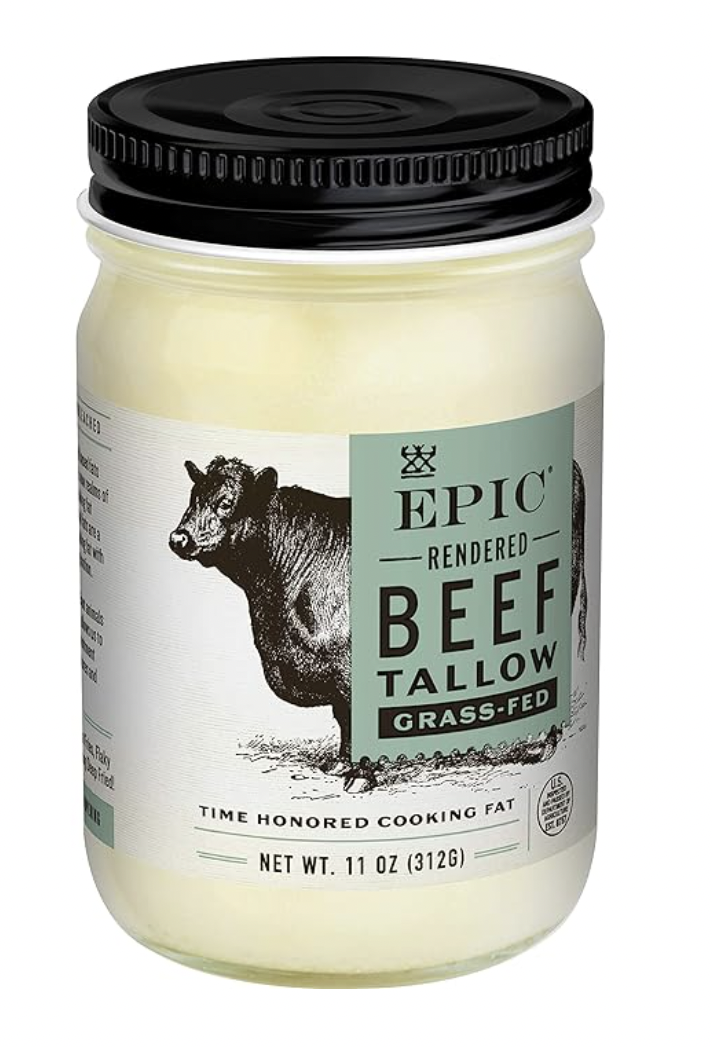




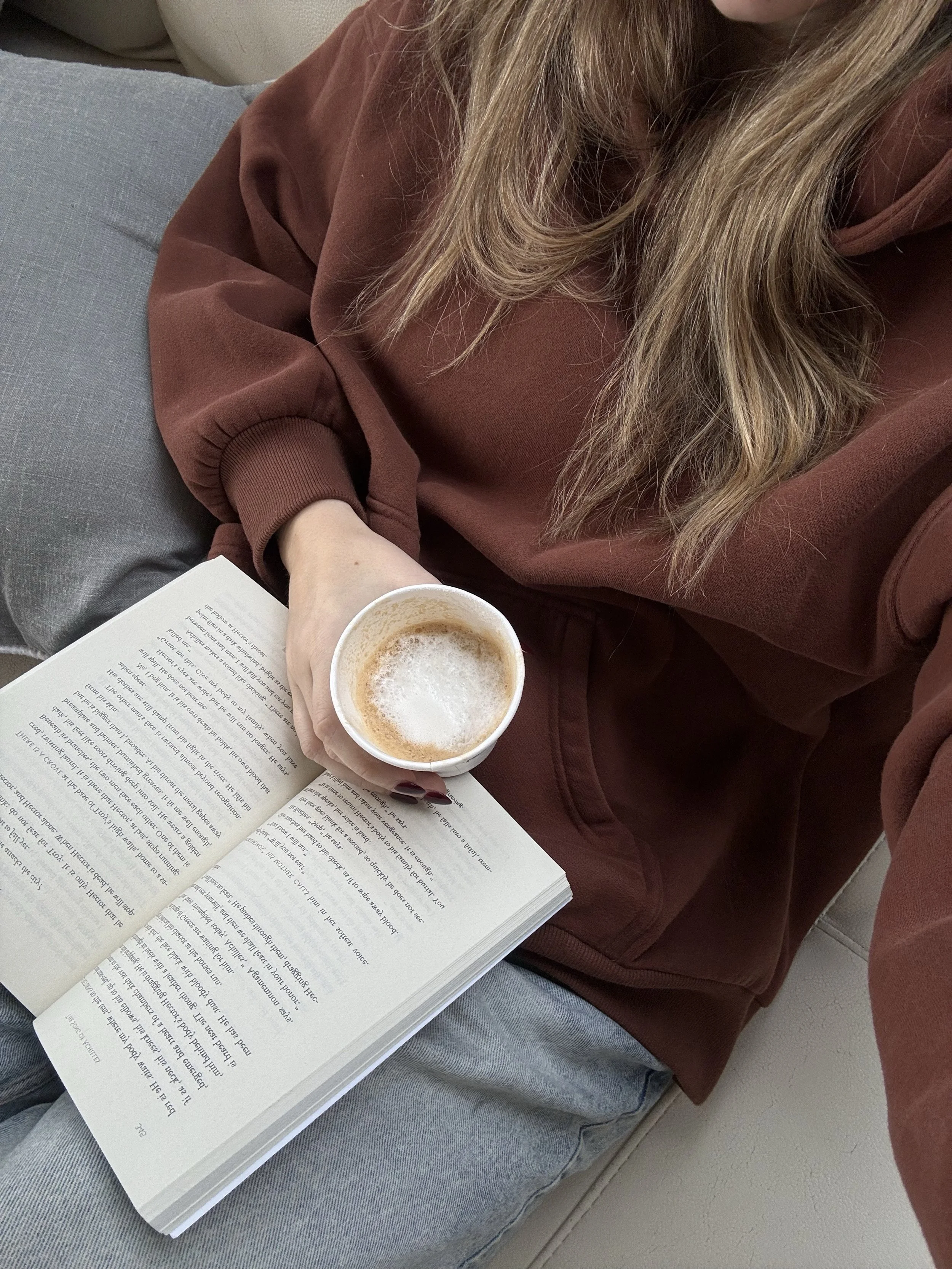



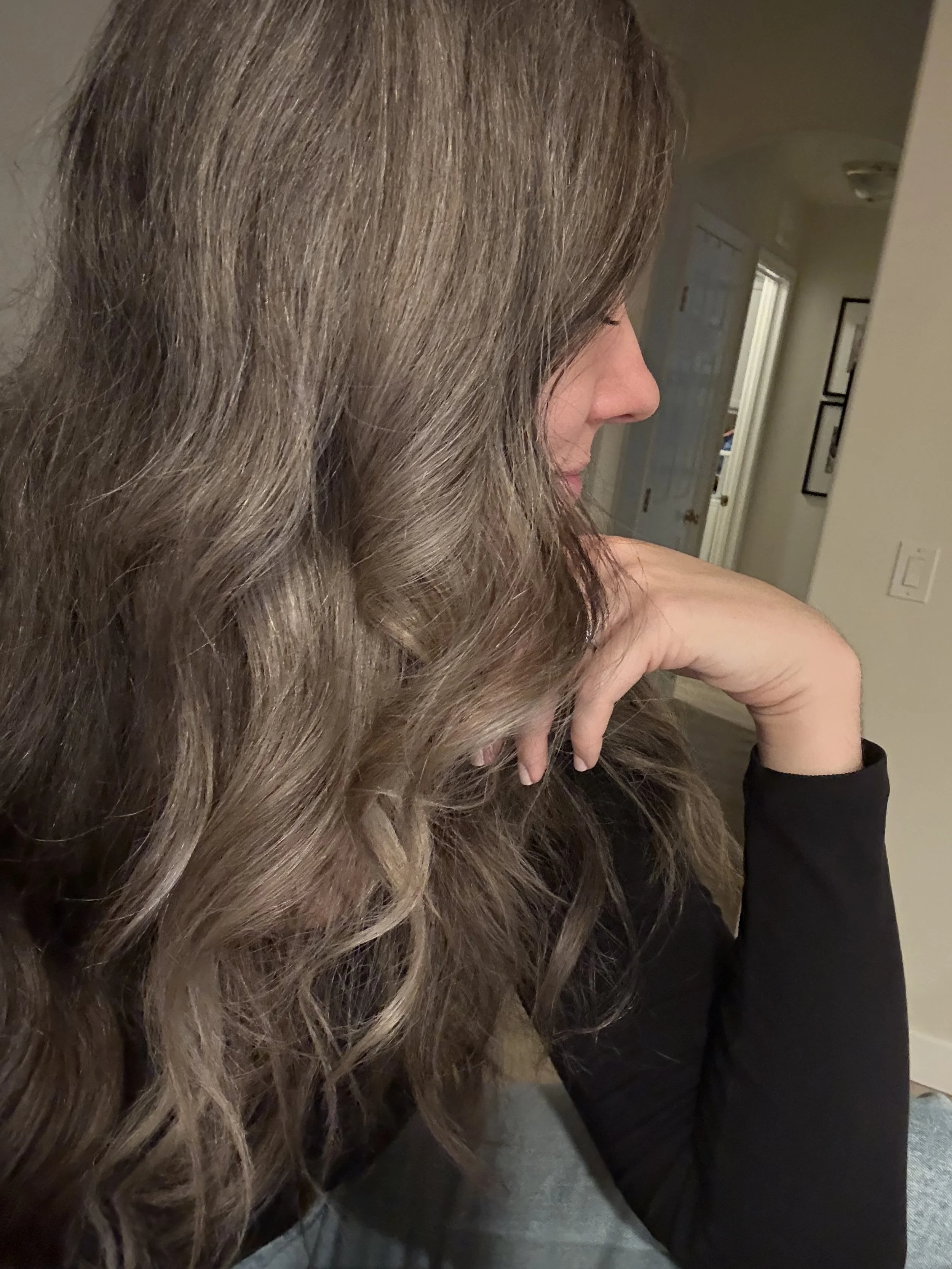


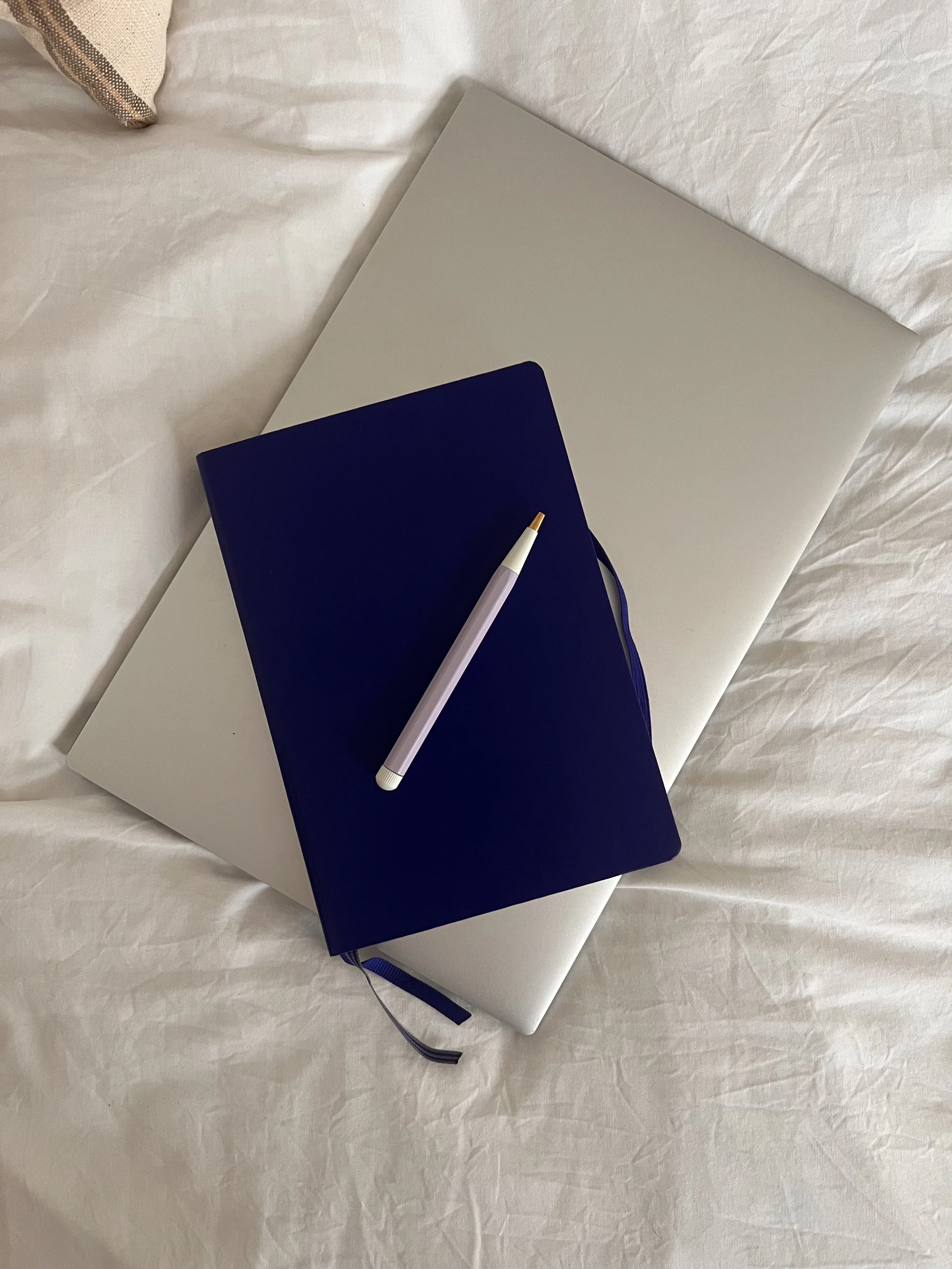


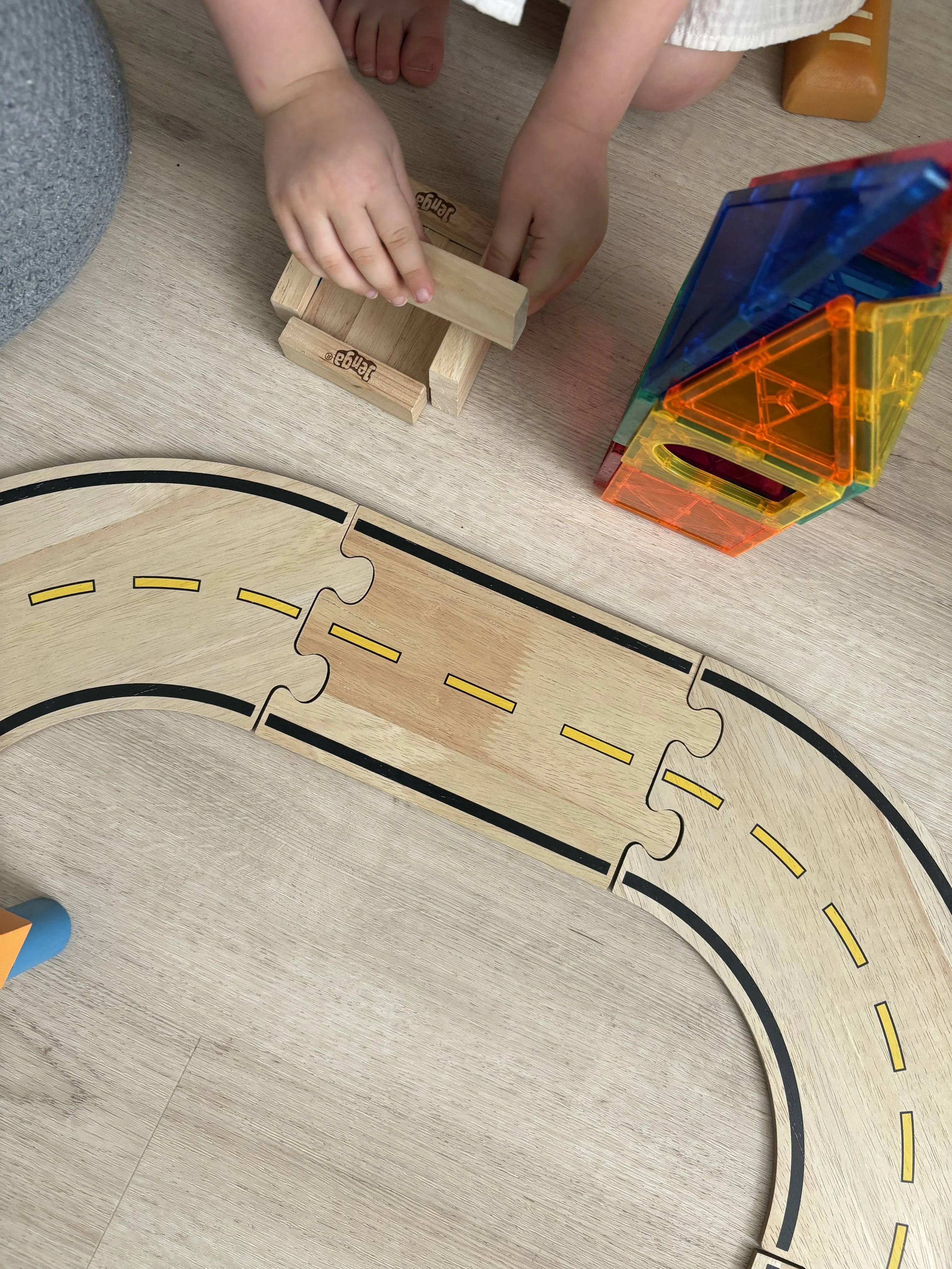



Looking to increase your protein intake without dairy— here is your list!